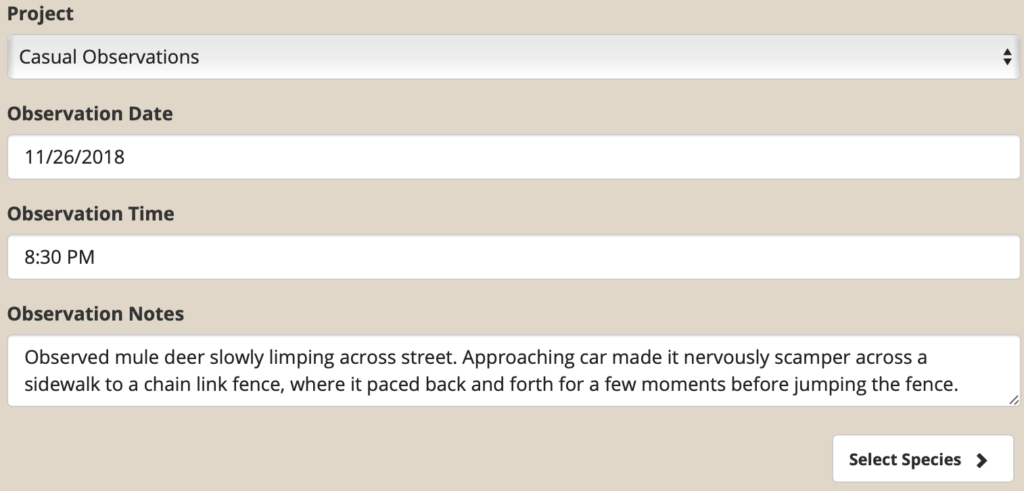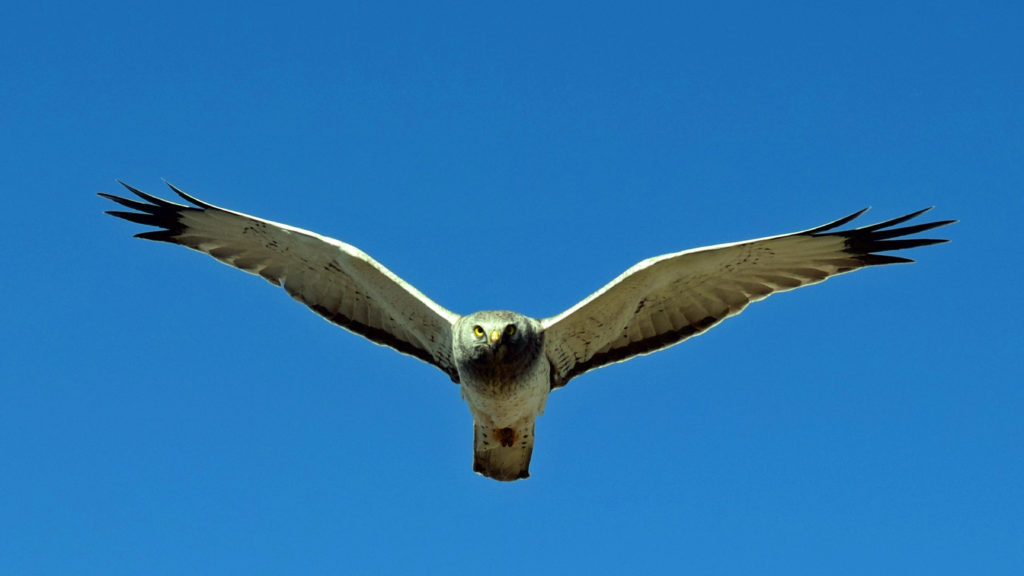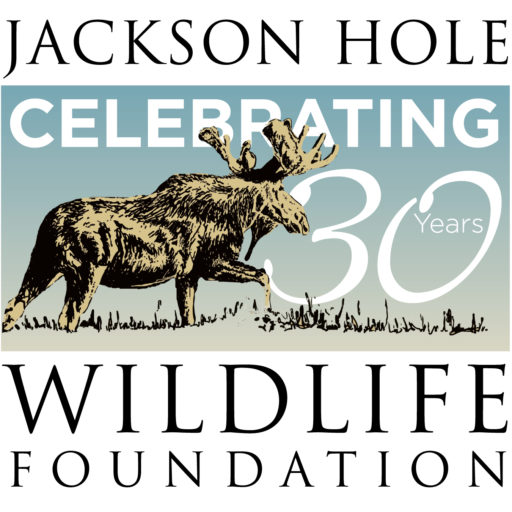By Jon Mobeck, Executive Director
Last night as I was walking in a quiet Jackson neighborhood, I noticed a mule deer limping in and out of the shadows cast at the edges of a street lamp’s reach. The deer was about 40 feet from where I stood. I stopped in my tracks, as these intimate interactions stir me. My heart dropped, though, as I watched it hobble across the street. What may have happened to this beautiful animal? Any number of natural things. And to those natural things we add obstacles of our own making.
Breaking the solitude, a car approached and startled the deer. It quickly hobbled across the street, ambled rather gingerly over a snow pile, stepped across a sidewalk and then halted at the foot of a chain link fence. After a few paces along the length of the fence in each direction, it reared back and leapt. While it didn’t flip, its legs or hooves definitely hit the fence as a ringing metal clatter disrupted the stillness.
And then the deer disappeared into the darkness of unlit yards.
I pondered what I had seen for a few moments, and then continued my walk. I was still thinking about it this morning when I mapped the observation at the Nature Mapping Jackson Hole site.

We know there are a lot of deer, moose, ravens, chickadees and squirrels living with us in Jackson. The value of recording our observations with these creatures (and all others) is that it provides us with information that can help us adjust our lifestyles to live more compatibly with wildlife. In the case of this injured deer, winter itself presents a significant challenge. Predators pose a threat. The scarcity of available food can pose a threat. And we certainly pose a threat, with every development that adds to their gauntlet of challenges. In that very brief interaction, I considered how the road, snowbank, sidewalk, fence, and houses impeded that deer – a 30 second window into its lifetime of navigating challenges.
This particular interaction inspired me to think about how we can do things better – to make life easier for our wild neighbors. Not every interaction is so. Often I map observations simply to record the joy of an experience with a wild thing. All of these observations matter, since none are inevitable into the future. Our best chance to ensure that people see deer in Jackson for the next century is to think carefully about how our lives impact theirs, and modify our behaviors and actions to facilitate a rewarding co-existence. Nature Mapping provides a tool to collect and share this knowledge. As founder Bert Raynes once wonderfully said, Nature Mapping is about “keeping common species common.” What an opportunity we have to do the right thing in this wild community!
What did you see today?

Northern Harrier

